By Louise Irvine
Our latest scavenger hunt around the museum is a Big Five Safari. In Africa, the “Big Five” game animals are the lion, the leopard, the elephant, the rhinoceros, and the African buffalo. Originally, the name was used by big-game hunters and refers to the five most difficult animals to hunt on foot. Today, the “Big Five” animals are featured in tourist guides for African wildlife safaris and the animals are captured on camera. At WMODA, we prefer ceramic interpretations of the “Big Five” by talented artists.
Lion
The lion is often called the “king of the jungle” because of its raw power and strength. However, the lion’s real habitat is the African savanna where they hunt grazing animals such as gazelle and zebra. The Zulu people once hunted lions for food using spears and large shields which the hunter hid under when the provoked lion attacked.
Lions have long been associated with British royalty and three were presented to King Henry III in 1235 which inspired him to start a menagerie at the Tower of London. Centuries later, all the exotic animals were transferred to London Zoo, founded in 1828, which was the first collection in the world created for the scientific study of animals.
The first trained wild animal act in the modern circus was developed by Isaac Van Amburgh. He began as a cage cleaner at the New York Zoo and became notorious for his daring feats. He was commemorated by the Staffordshire Potteries when his menagerie act traveled to England in 1838.
Leopard
Leopards were originally believed to be the offspring of a lion (Leo) and a Pard, a terrifying mythological big cat with a lust for blood. Bacchus, the Roman god of wine and fertility, had Pards to draw his chariot and he is often depicted riding a leopard or wearing a leopard skin.
According to African tradition and folklore, it is the leopard, not the lion, who is the real "king of the jungle." The leopard is revered for its cunning, agility, and ferocity and is a smarter, more skillful hunter, which is why Zulu chiefs wear their pelts in tribute. Today, there is a conservation movement to protect the endangered leopard and use faux fur in traditional ceremonies.
The leopard’s spotted patterns help to conceal them as they hunt in their natural environment. Leopards are often confused with cheetahs, but the most obvious difference is their spots. Cheetahs have solid black spots and tear lines from their eyes, whereas the leopards have more complex two-toned spots called rosettes.
Elephant
It’s hard to believe that these giants of the animal kingdom are still being slaughtered in huge numbers for their ivory tusks. The World Wildlife Fund urges us not to ignore the poaching problem like the proverbial “elephant in the room.” Despite the ban on international ivory trading, elephants have already been driven to extinction in some countries. Elephants are highly praised for their intelligence and they share the same emotions as humans. They grieve for their lost loved ones, they feel fear, joy, and empathy.
An African elephant was presented to the Royal Menagerie at the Tower of London in 1255 and they have entertained the public in captivity for centuries. Jumbo, who gave rides to children at London Zoo, was acclaimed for his huge size. Despite a public protest in Britain, he was purchased by P.T. Barnum in 1882 and moved to America as an attraction in the “Greatest Show on Earth.” Jumbo was greatly mourned when he died after being hit by a train while crossing tracks in 1885.
Rhino
There are two species of rhinoceros in South Africa, the black and the white rhinos. The black rhino is critically endangered due to poaching and less than 5,000 survive in the wild. Rhino horn elixirs continue to be in demand for medicinal purposes in some Asian countries posing a huge threat to the rhino population in the wild.
European perceptions of the rhino were influenced for centuries by the woodcut made by Albrecht Durer in 1515. He worked from another artist’s sketch and never saw the animal so it is not a realistic representation. This rhino was the first living example seen in Europe since Roman times and it died in a shipwreck the following year.
Rhinos are not usually domesticated but a baby black rhino was saved during Operation Noah, a huge conservation project to relocate wildlife in Zimbabwe when the Zambezi River was dammed in the late 1950s. Over 6,000 animals were saved from drowning on the shrinking islands and relocated to the mainland. Rupert the Rhino was hand-reared by the head vet’s family. He drank 32 pints of milk a day through a straw. The vet’s children enjoyed riding Rupert around the garden before he was transferred to a game reserve.
African Buffalo
In some parts of Africa, buffaloes are still hunted for their meat. It is also a desirable trophy among big game hunters with some paying over $10,000 to hunt one. However, it is notorious as a very dangerous animal and is often called the “widowmaker”. It can gore hunters with its characteristic horns and trample them to death. Apart from man, big cats are the main predators of the African buffalo. It can take an entire pride of lions to bring down a single adult buffalo. Leopards and cheetahs are mainly a threat to newborn calves. Unlike the Asian water buffalo, the African buffalo has never been domesticated because of its unpredictable temperament.
You can hunt for the Big Five in the Ardmore Safari for the Soul gallery at WMODA. You will also find them hiding in many other galleries. Have fun with our safari hunt around the museum on your next visit.
Read more...
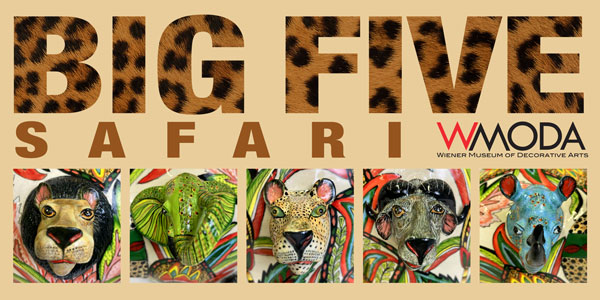
Big Five Safari
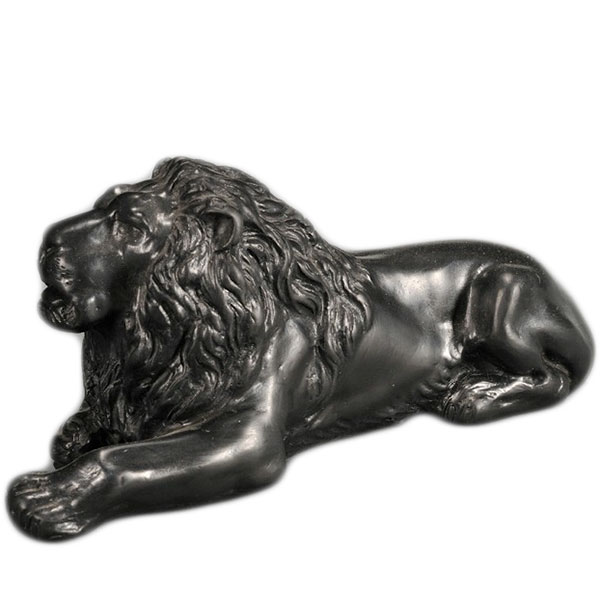
Wedgwood Lion by E. Light
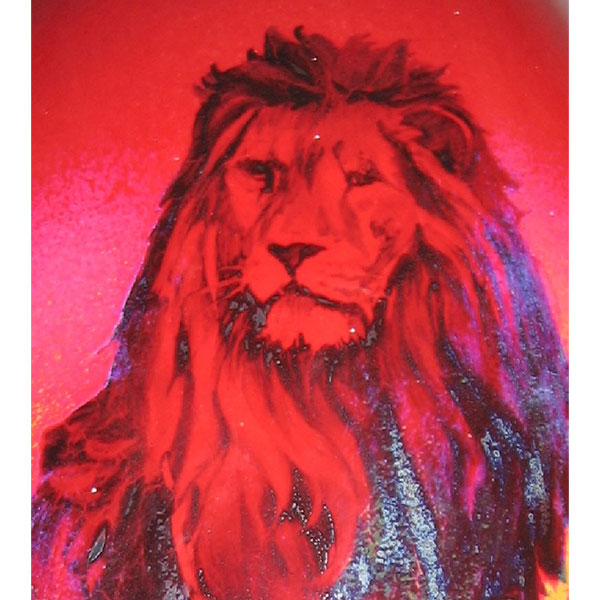
Royal Doulton Sung Lion King Vase detail
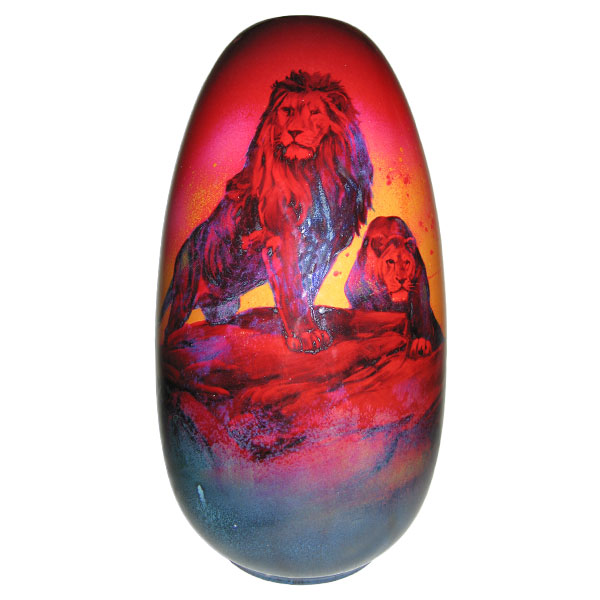
Royal Doulton Sung Lion King Vase
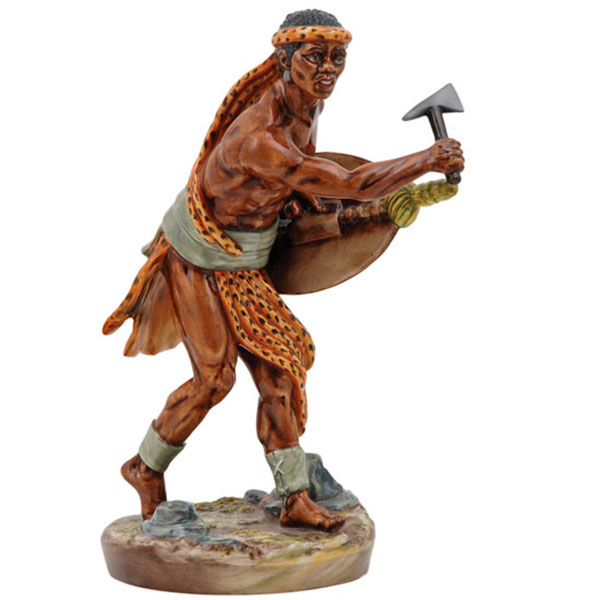
Royal Doulton Prototype Lion Hunter
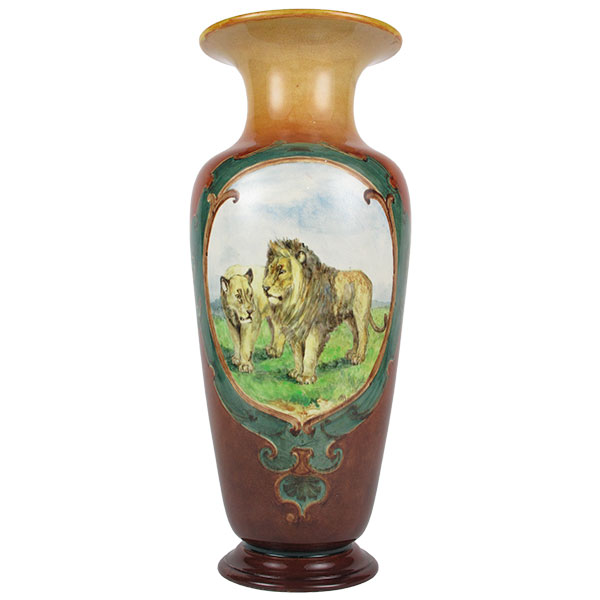
Doulton Lambeth Faience Vase by H. Barlow
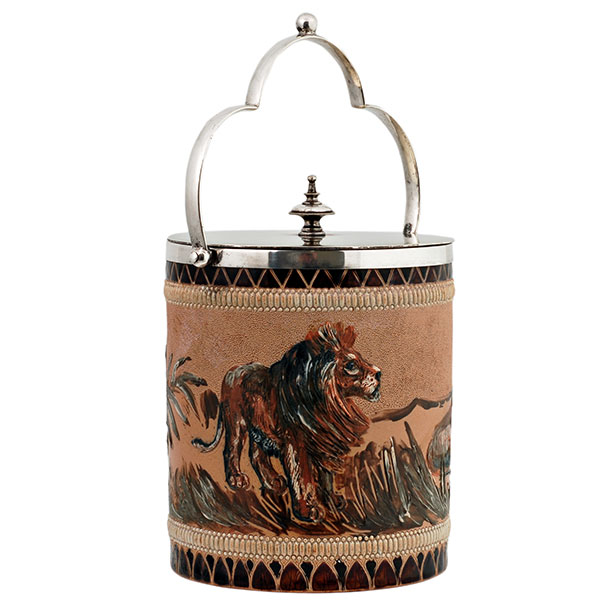
Doulton Lambeth Cookie Jar by H. Barlow

Doulton Lambeth Lions and Cubs
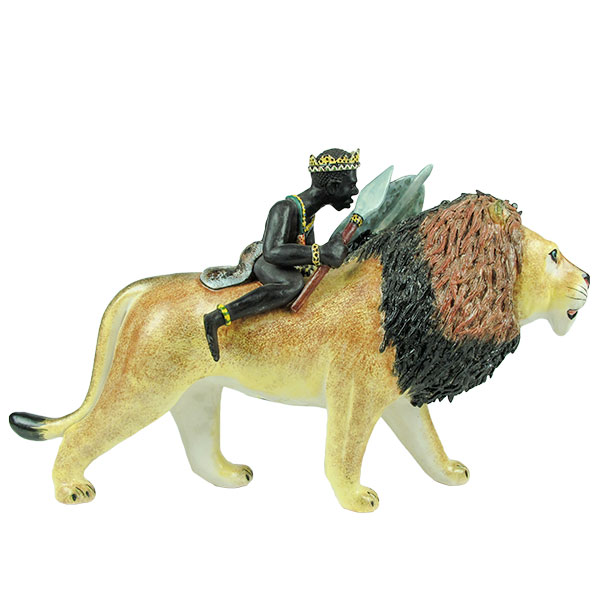
Ardmore Traveler on a Lion
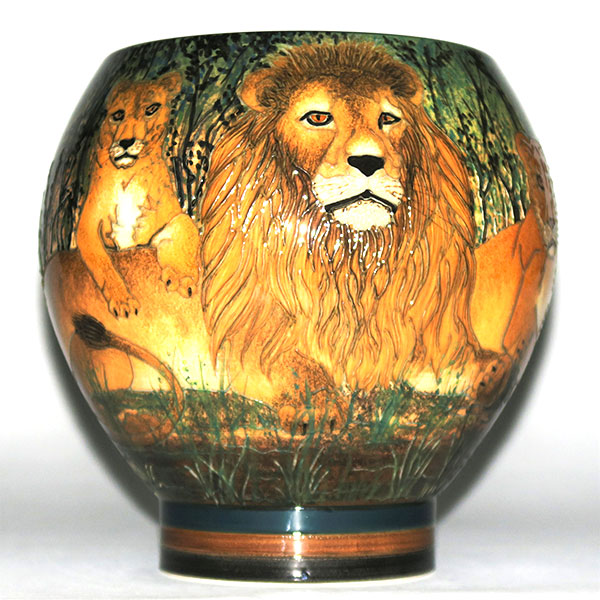
Dennis Chinaworks Lion Vase by S. Tuffin
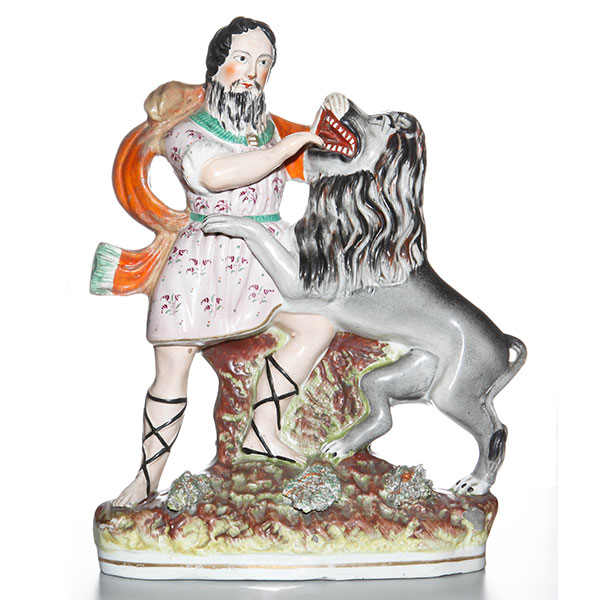
Staffordshire Potteries Isaac Van Amburgh
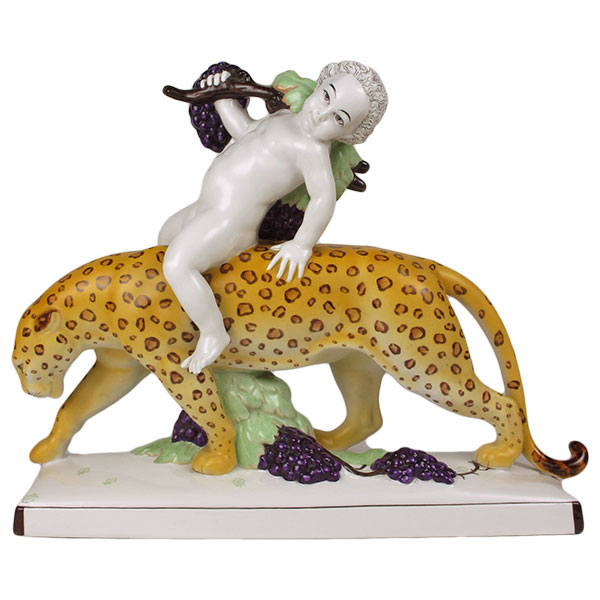
Fraureuth Bacchus Riding Leopard
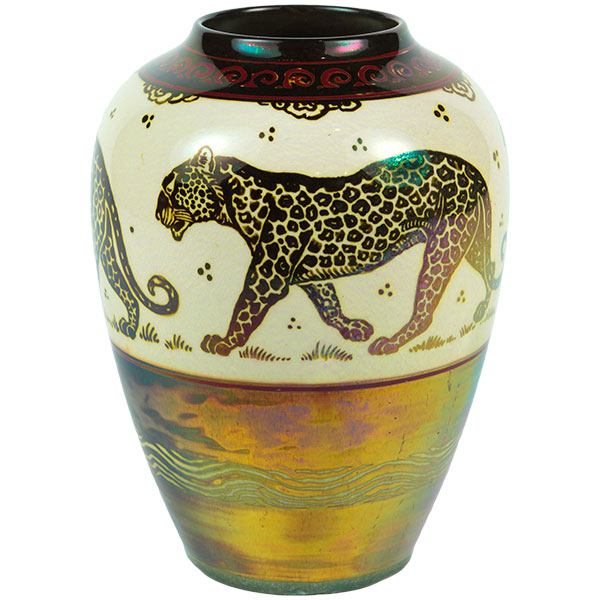
Pilkington Royal Lancastrian Leopards
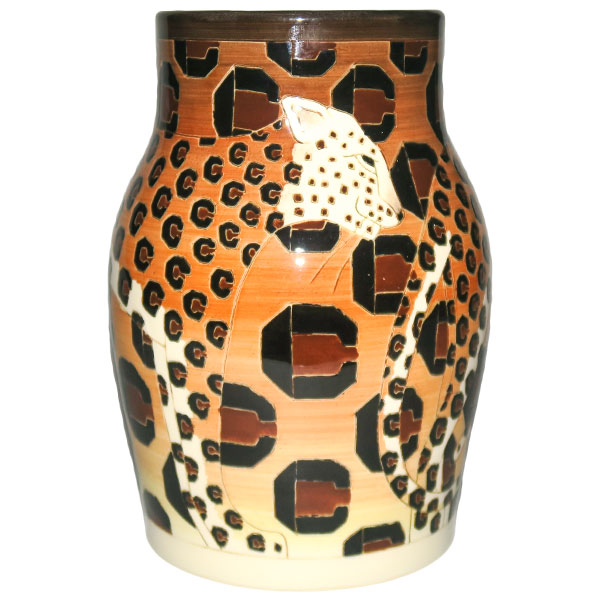
Dennis Chinaworks Leopard Spots
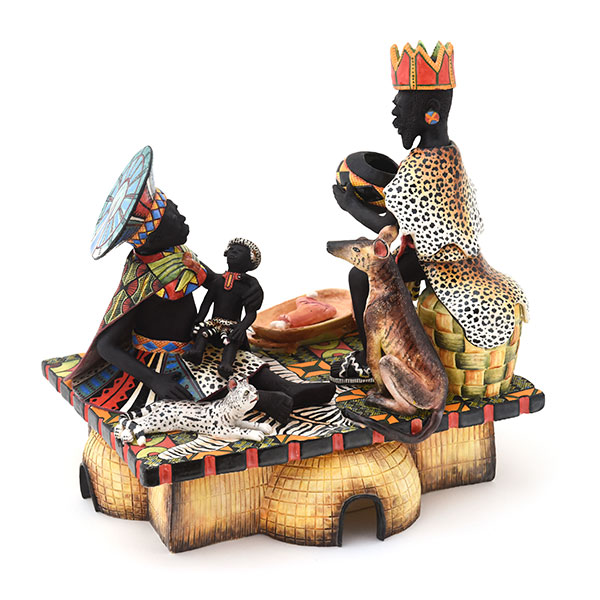
Ardmore Zulu Royal Family
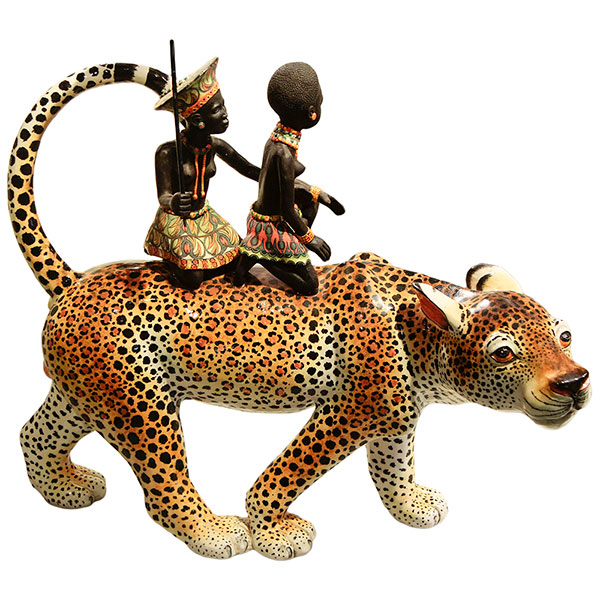
Ardmore Leopard Rider
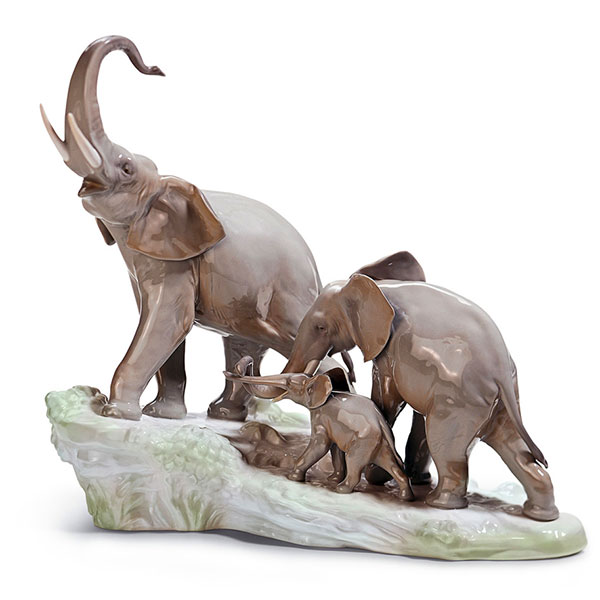
Lladro Elephants
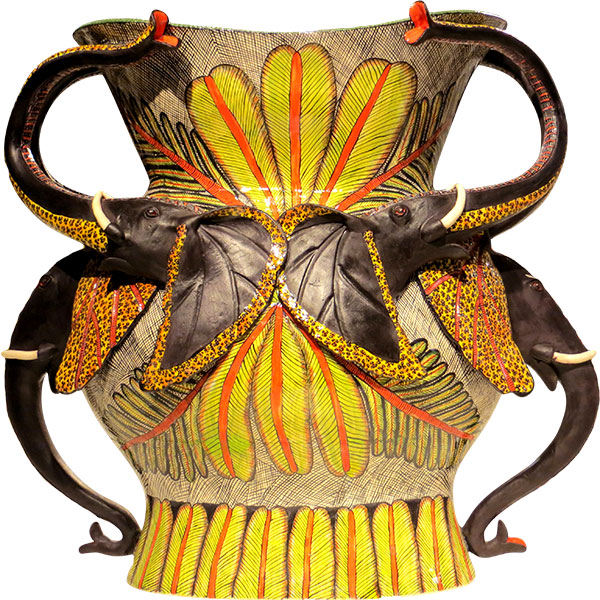
Ardmore Elephant Vase
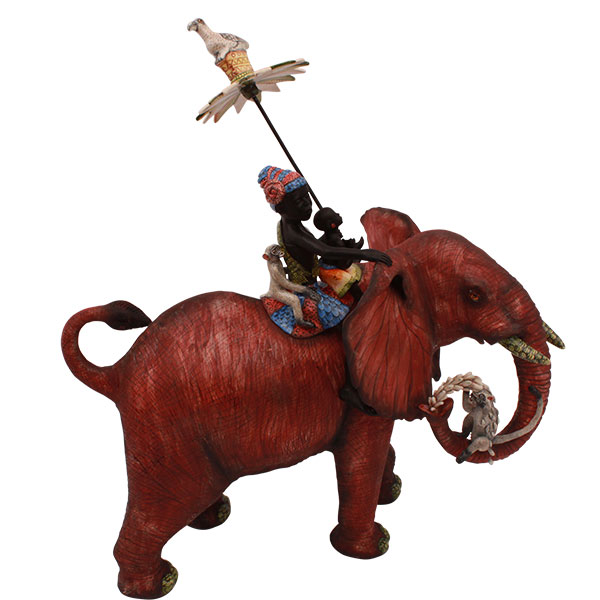
Ardmore Elephant Rider
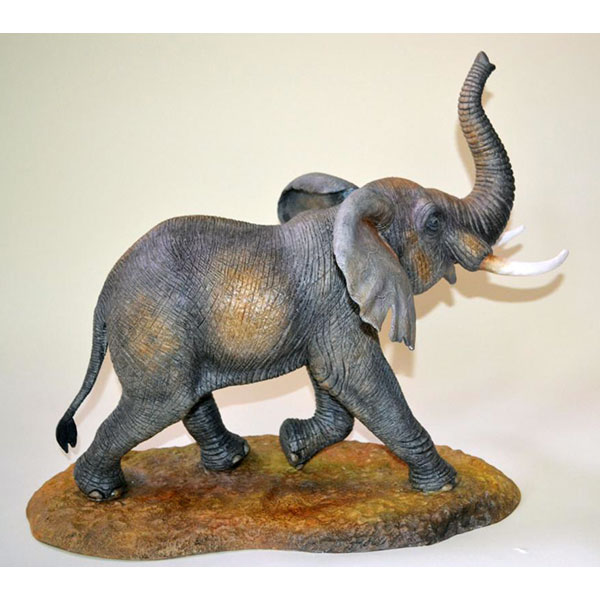
Connoisseur Elephant
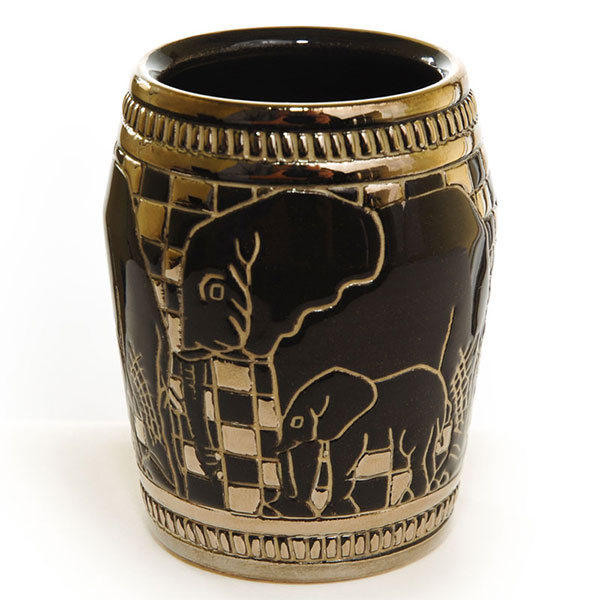
Dennis Chinaworks African Elephant Vase
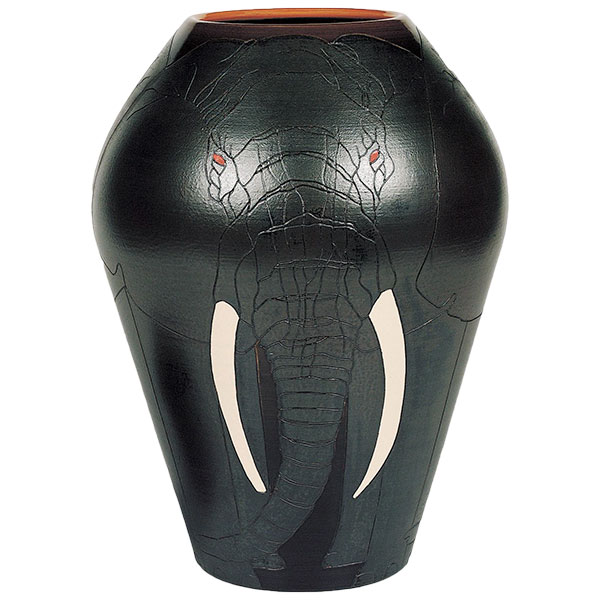
Dennis Chinaworks Elephant Vase
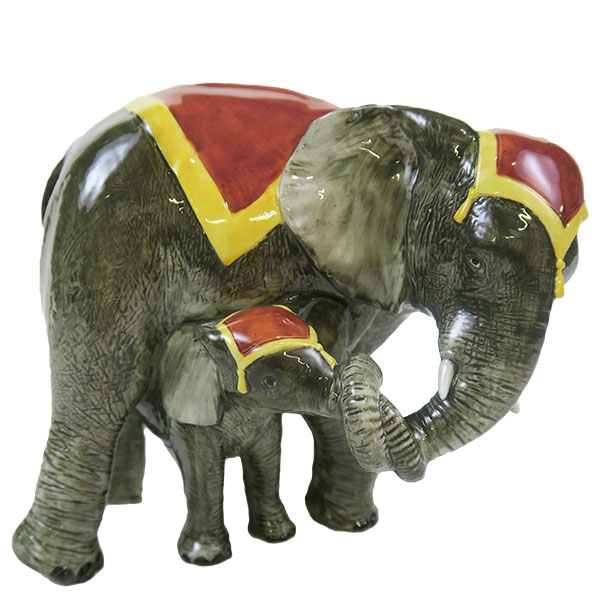
Royal Doulton Circus Elephants Prototype
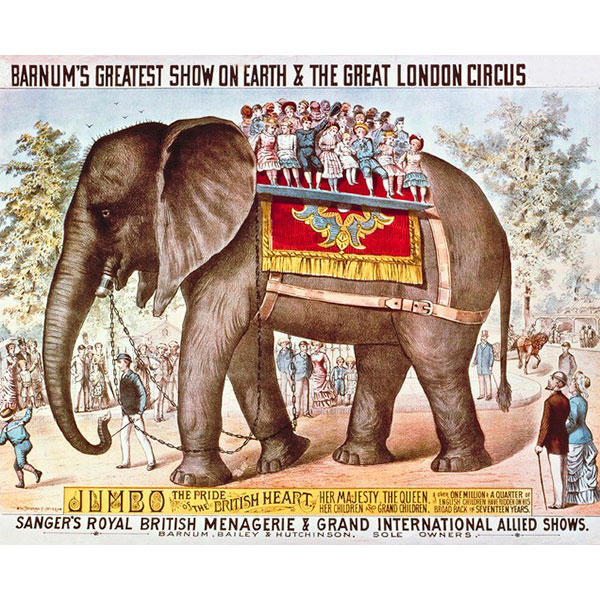
Ringling and Barnum with Jumbo Poster
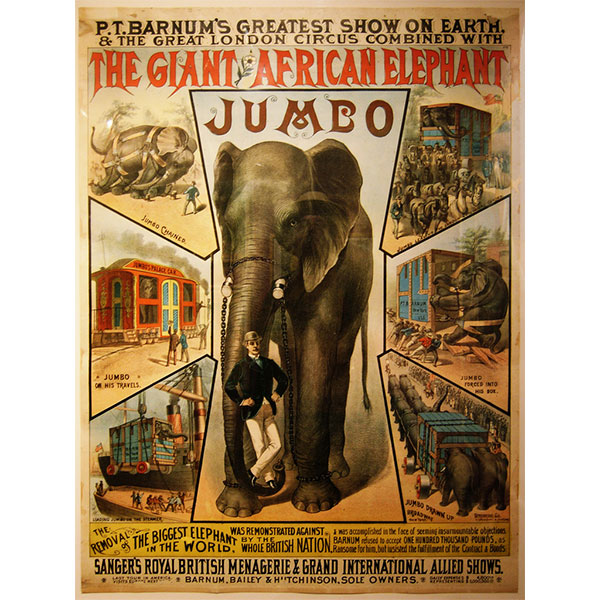
Jumbo Poster
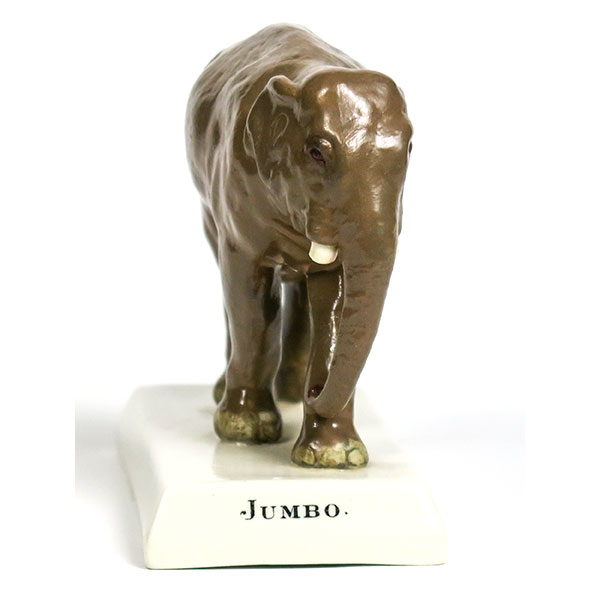
Copeland Jumbo Elephant
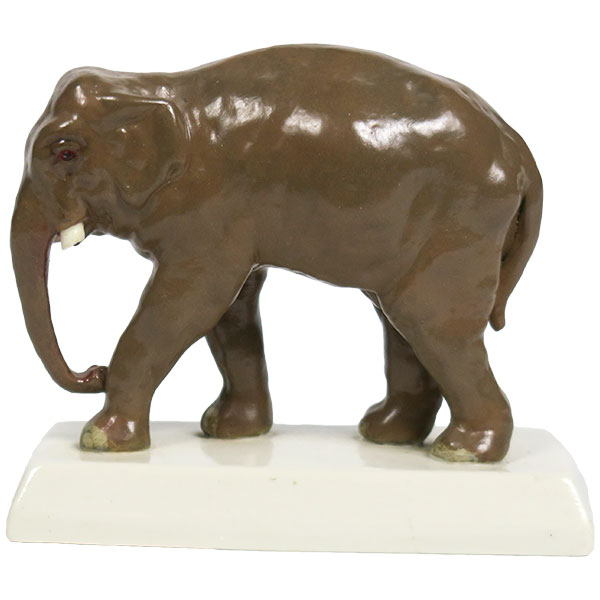
Copeland Jumbo Elephant
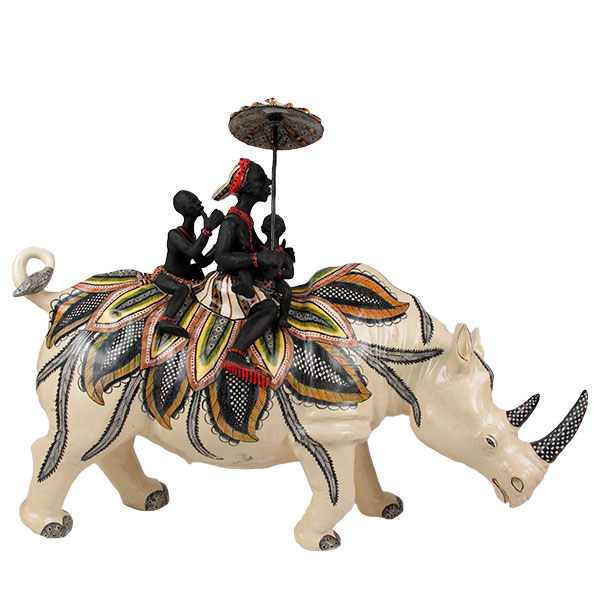
Ardmore Rhino Rider
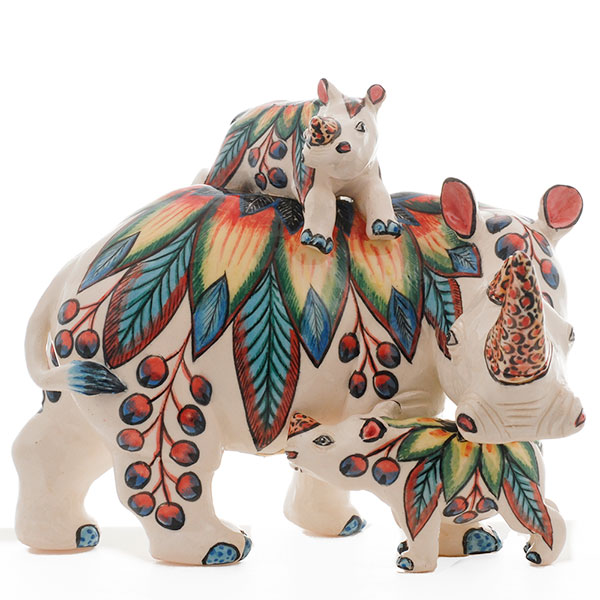
Ardmore Rhino Family
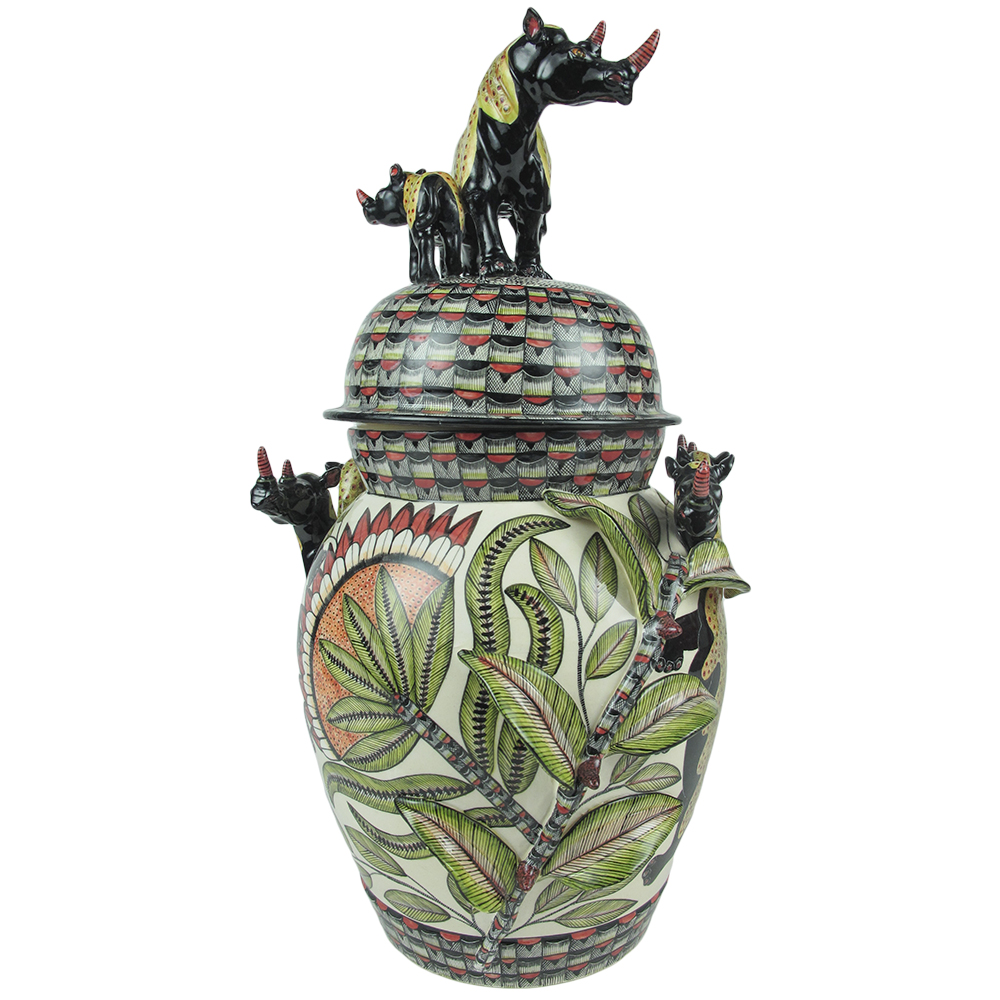
Ardmore Rhino Vase
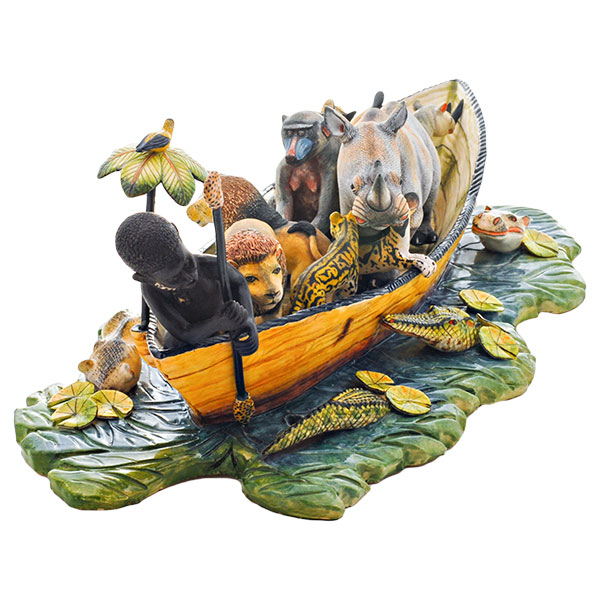
Ardmore Lion and Rhino Boat

Dennis Chinaworks Rhino Vase
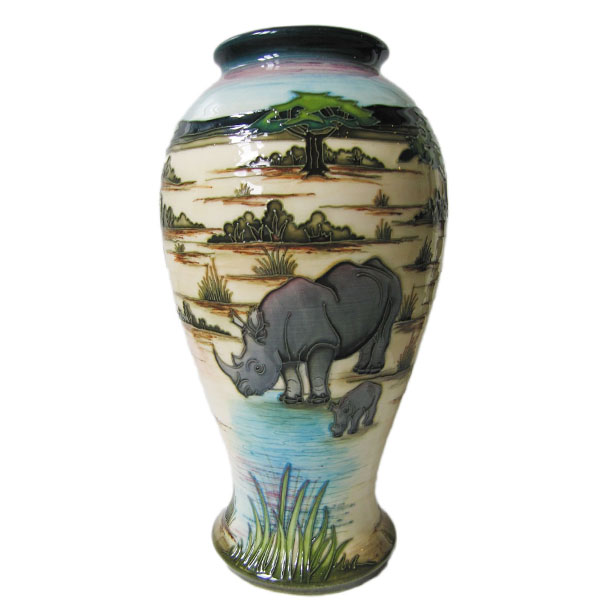
Moorcroft Lukimbi Vase
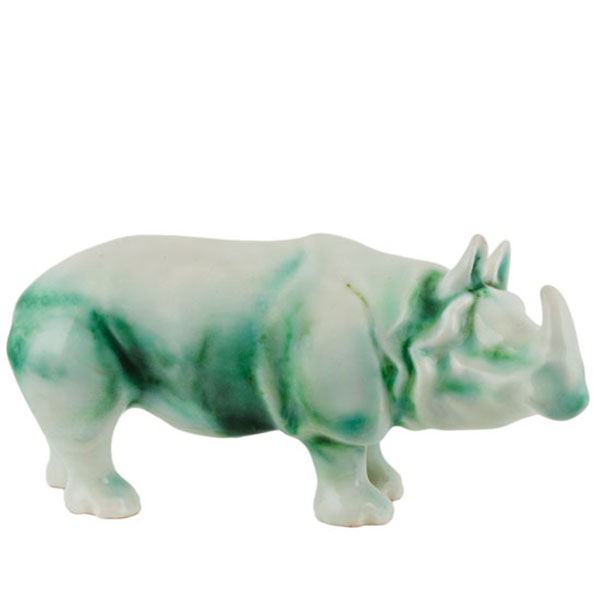
Royal Doulton Chinese Jade Rhino
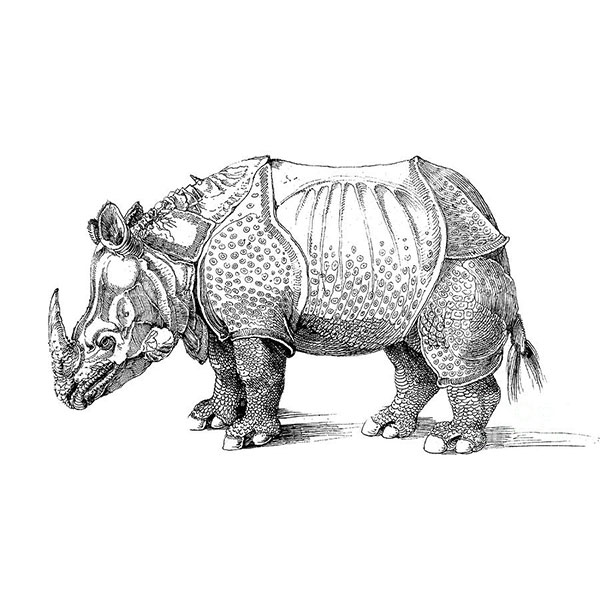
Rhinoceros by A. Durer
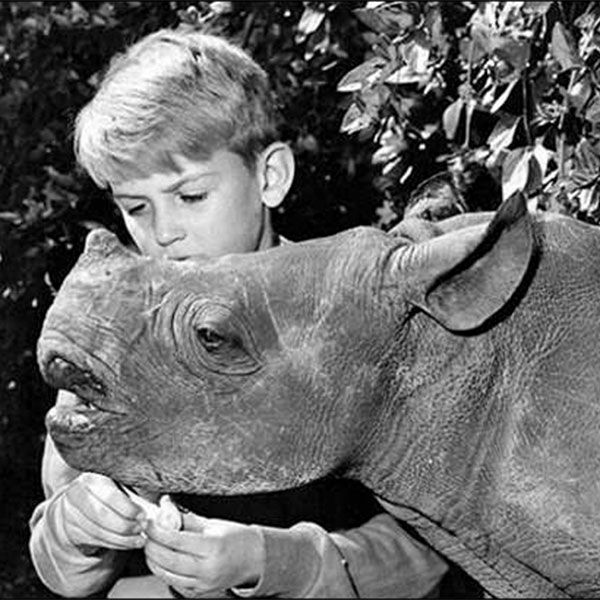
Rupert the Rhino
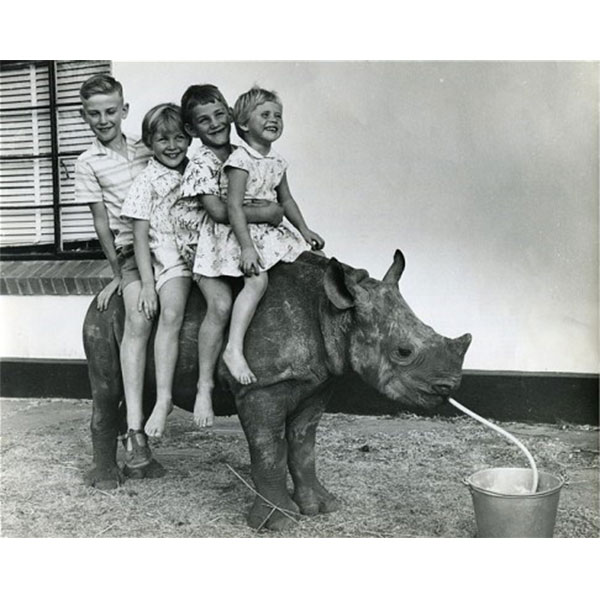
Rupert the Rhino
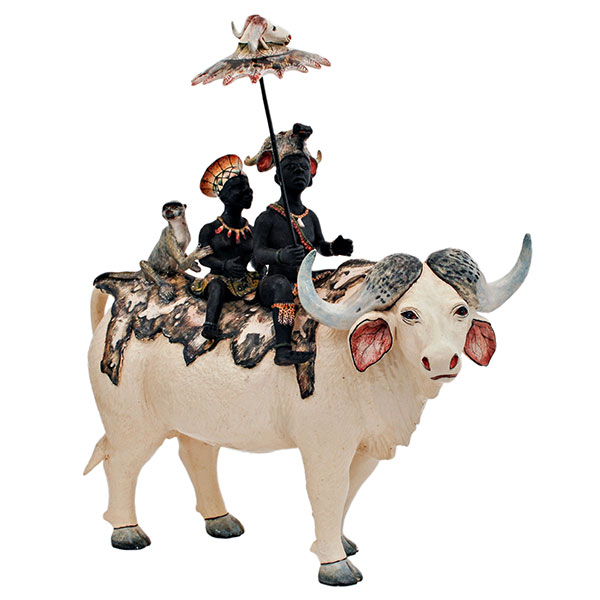
Ardmore African Cape Buffalo Rider
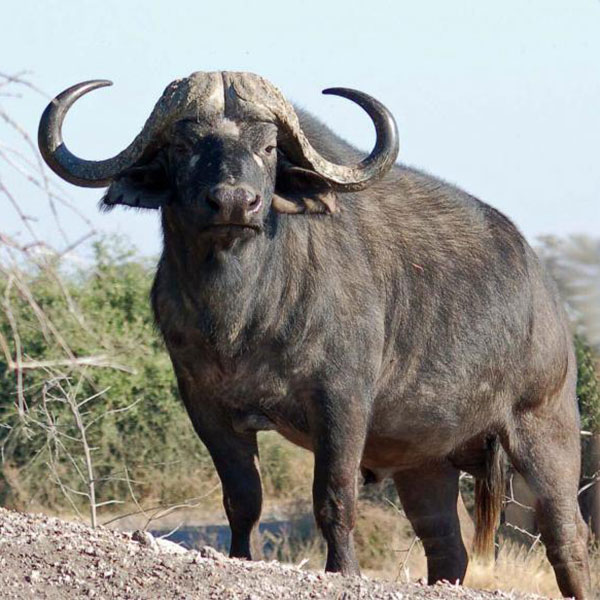
African Cape Buffalo
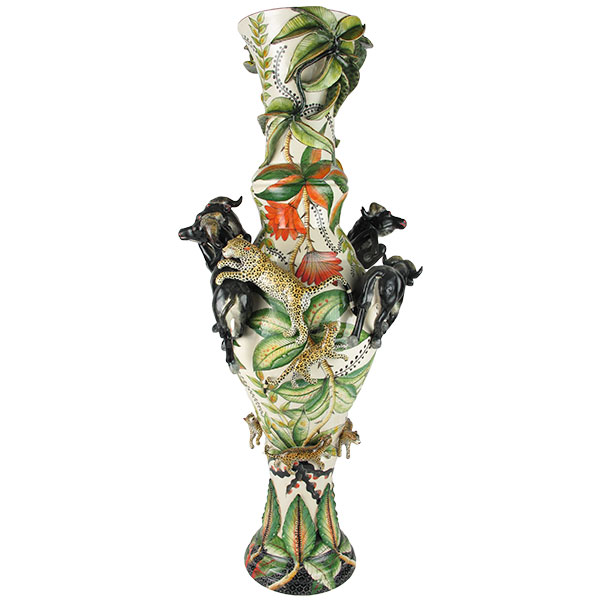
Ardmore African Buffalo and Leopards Vase
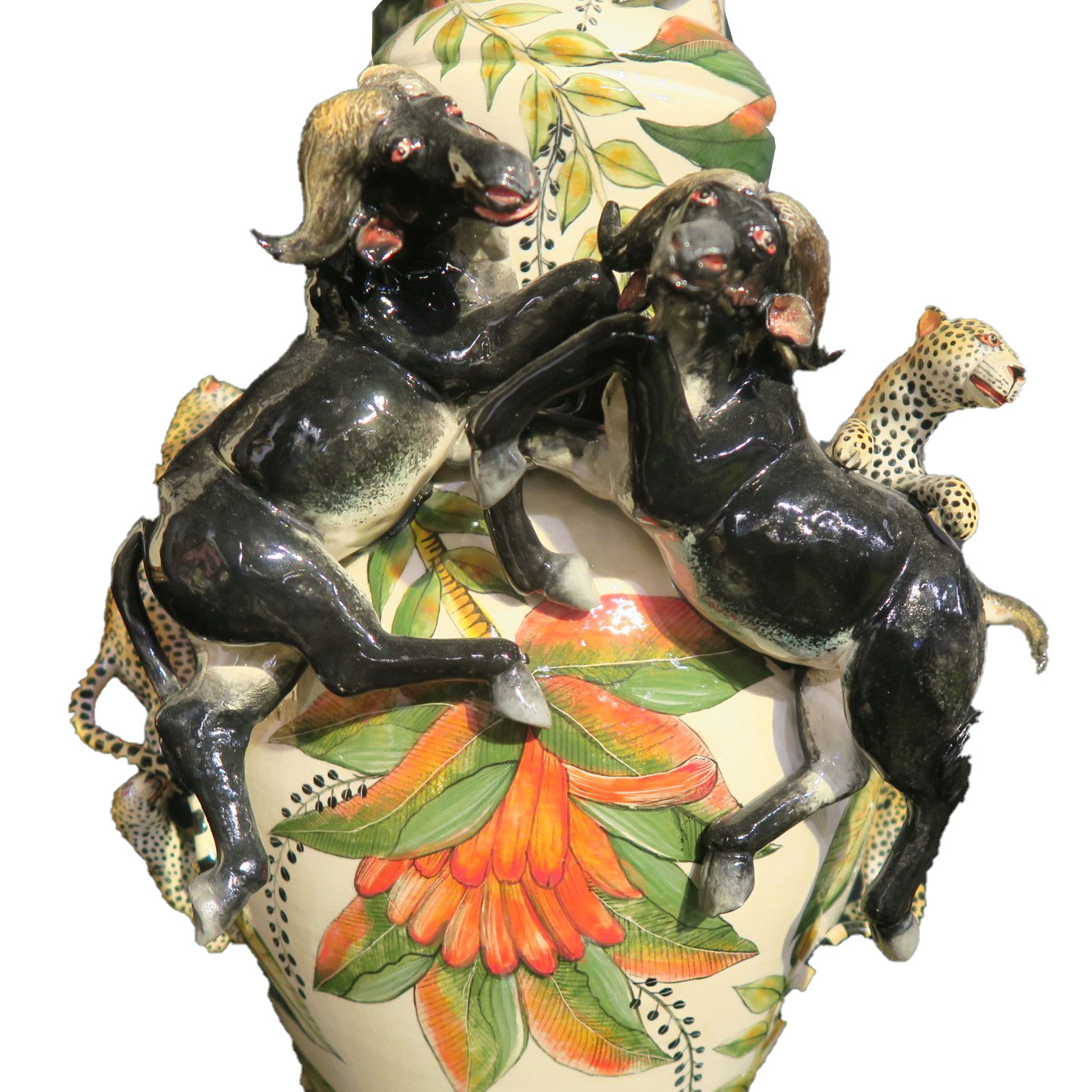
African Buffalo and Leopards Vase detail
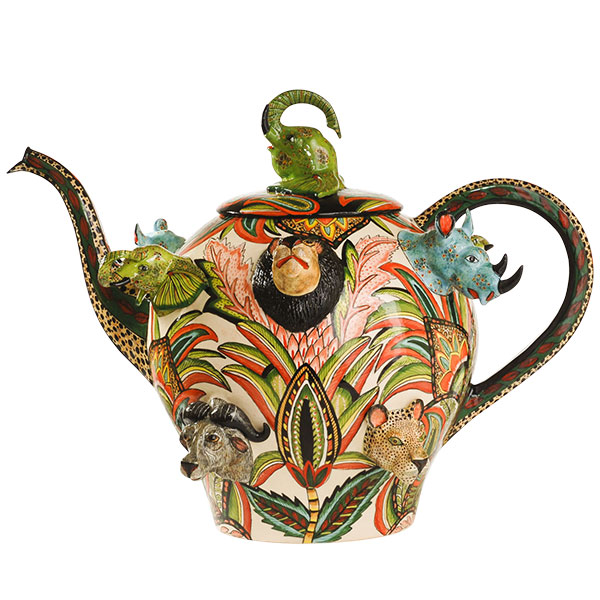
Ardmore Big Five Teapot
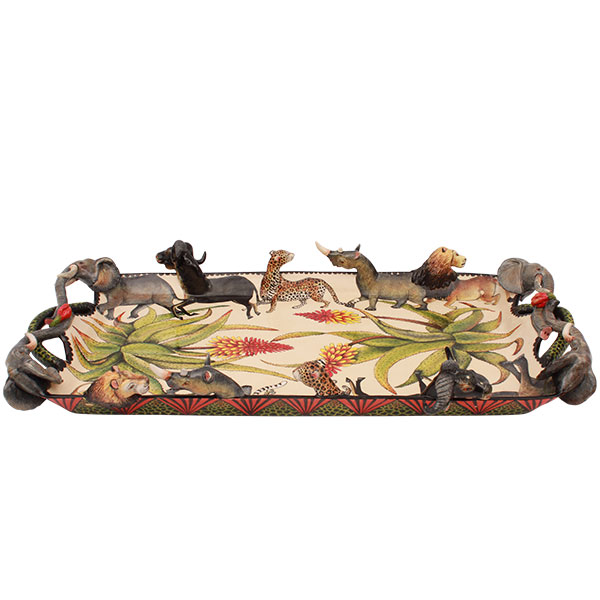
Ardmore Big Five Tray
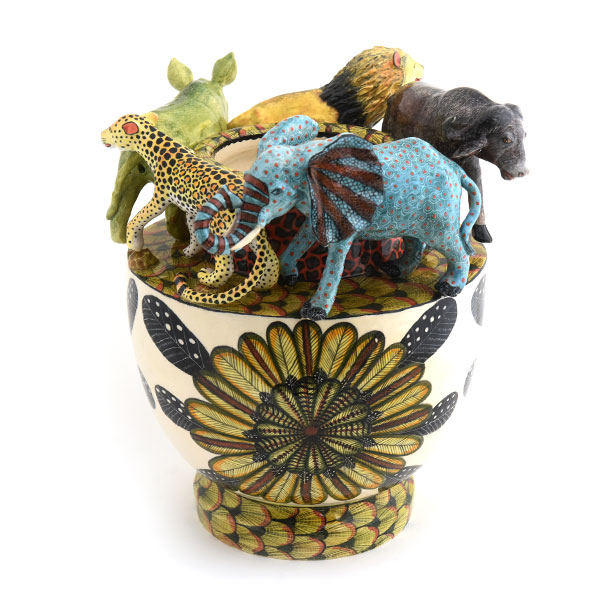
Ardmore Big Five Vase
